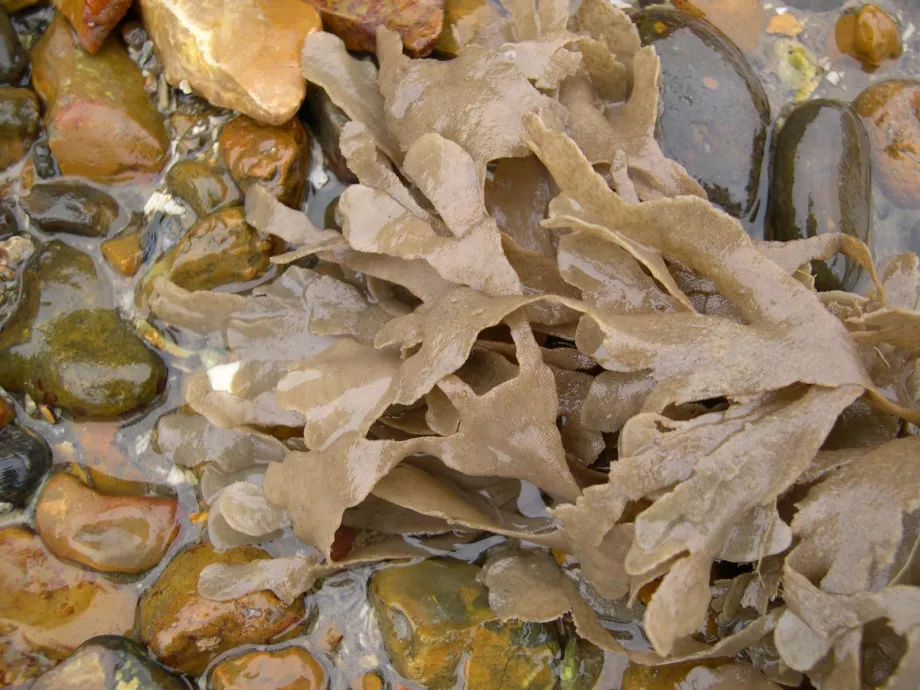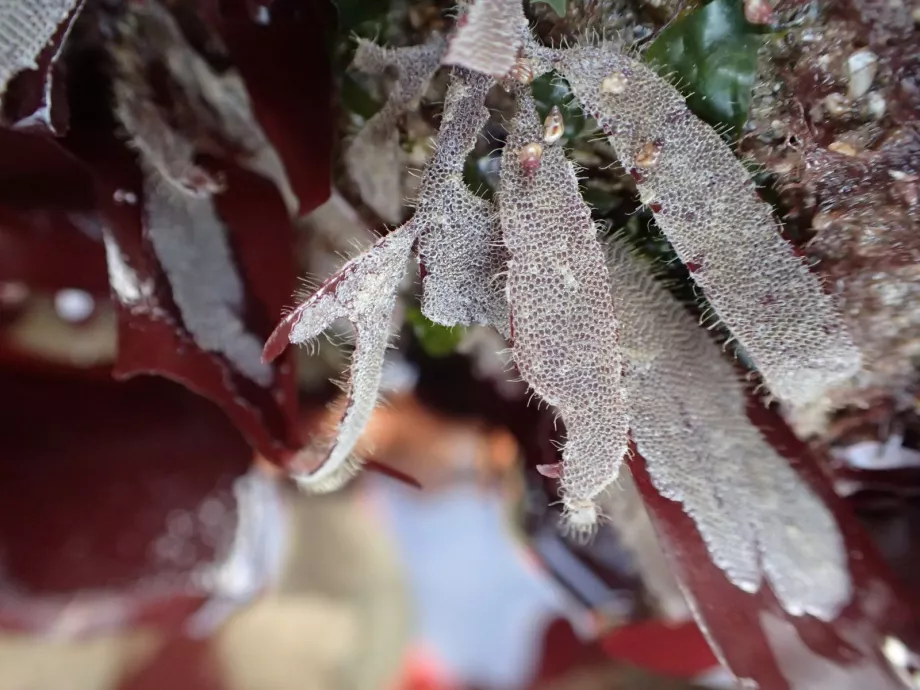This just goes to show how important Seasearch diving surveys are for monitoring the diversity of our local marine wildlife.
In fact it was data about the diversity of fragile sponges and anemones collected by Kent Seasearch divers that helped to ensure that the Folkestone Pomerania was included in the network of Marine Conservation Zones.
This MCZ now has a bylaw in place protecting the seabed from damaging bottom-towed fishing gear – we believe this is the first MCZ to receive protection of this kind.
So next time you are out at the coast take a closer look – that beige bit of seaweed lying on the strandline could be a bryozoan, and that unusual little creature you’ve never seen before may be another first for Kent!







